Photo Compositing
Landscapes (and interiors, too) are often composites of two or more images. That’s because movement, the angle and intensity of light, depth of focus, and nearby/distant objects come into play. Let’s take a look at how.
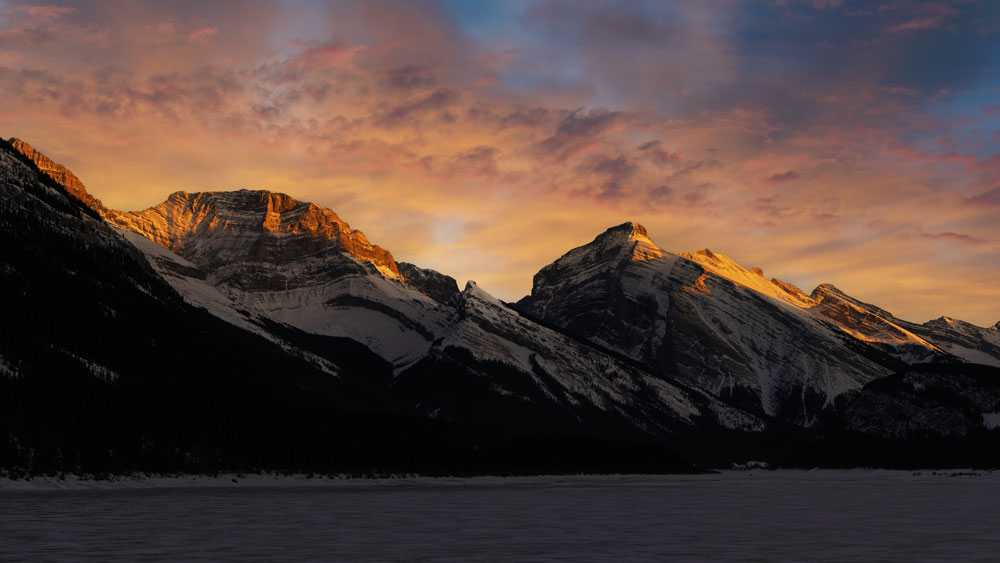
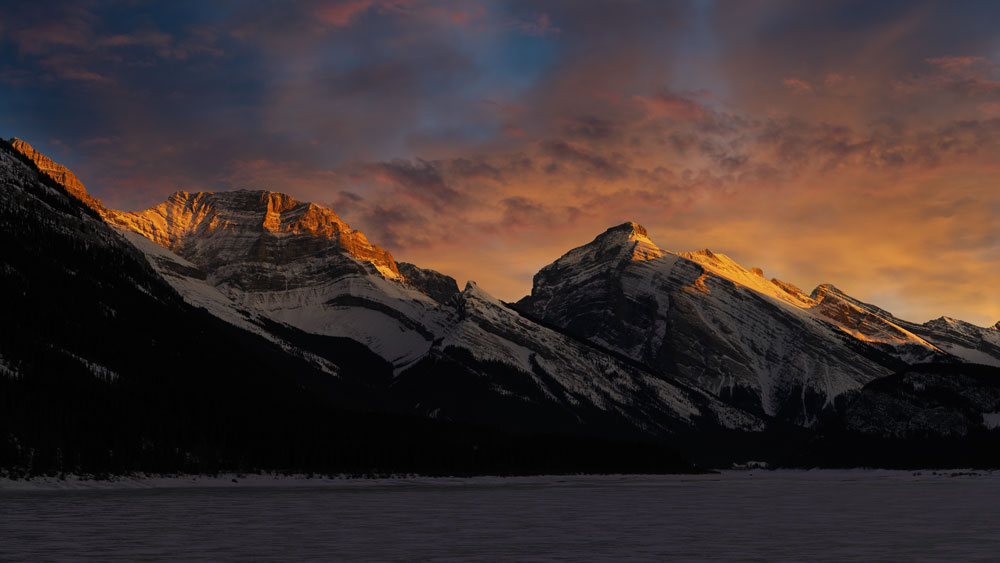
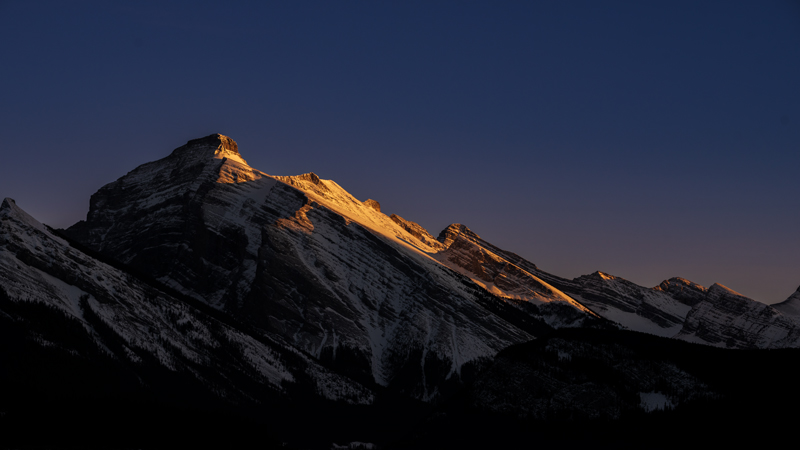
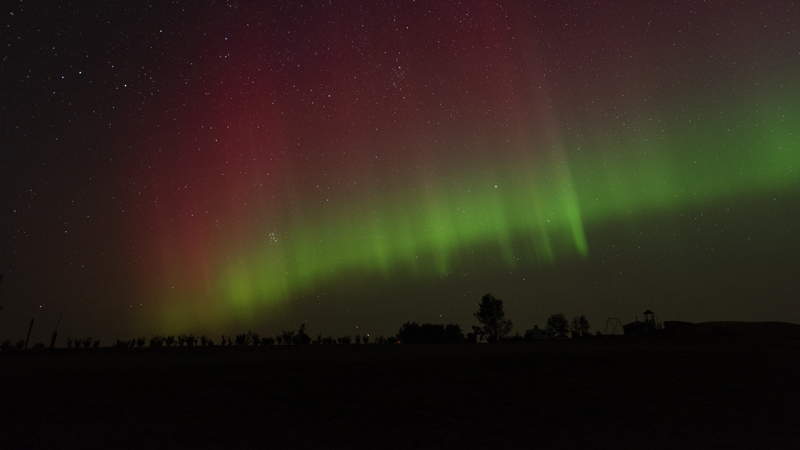
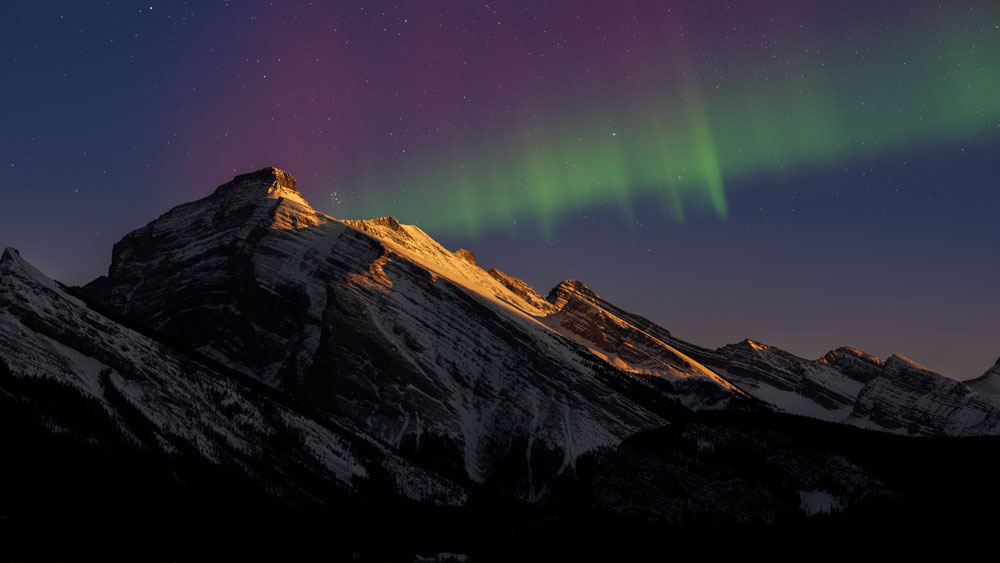
Compositing offers opportunities to be creative.
Creating art from otherwise lacklustre photos can lead to some fun and completely unintended outcomes.
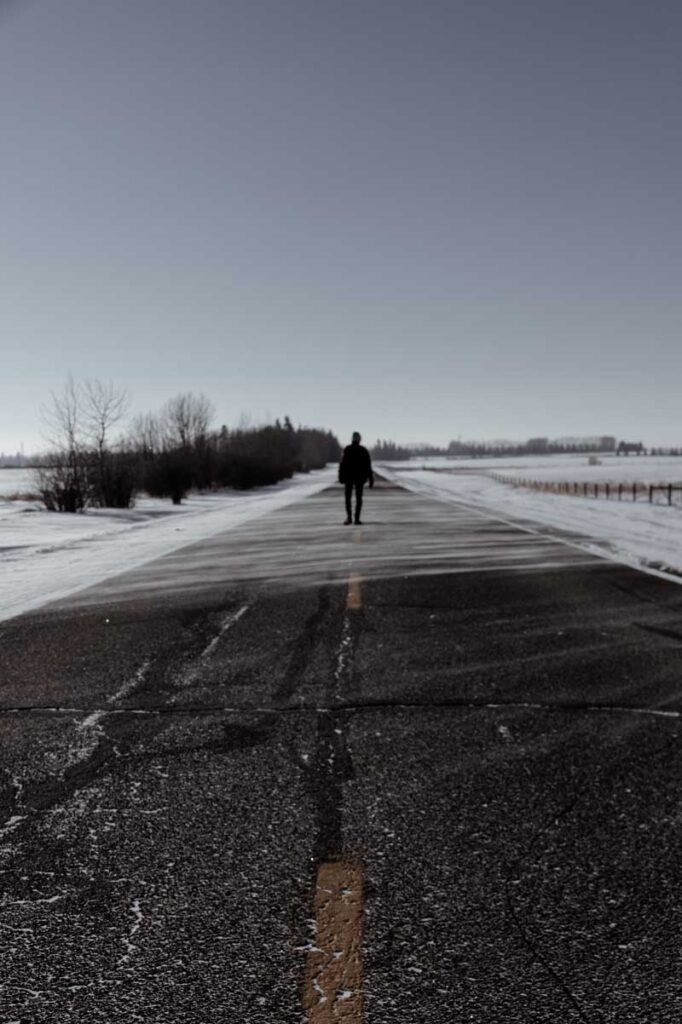
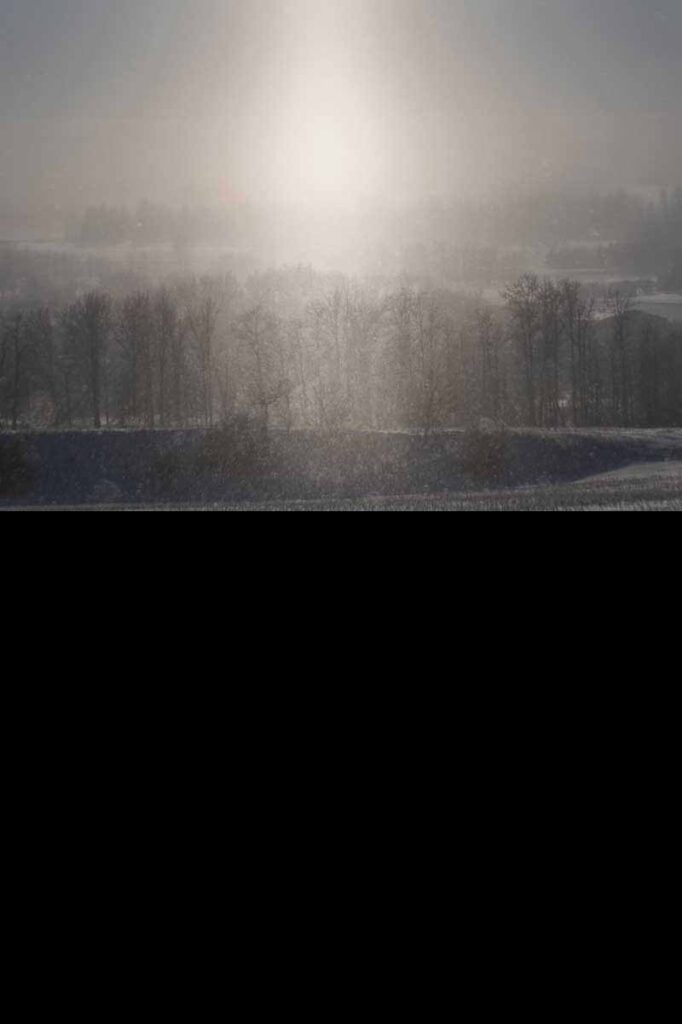
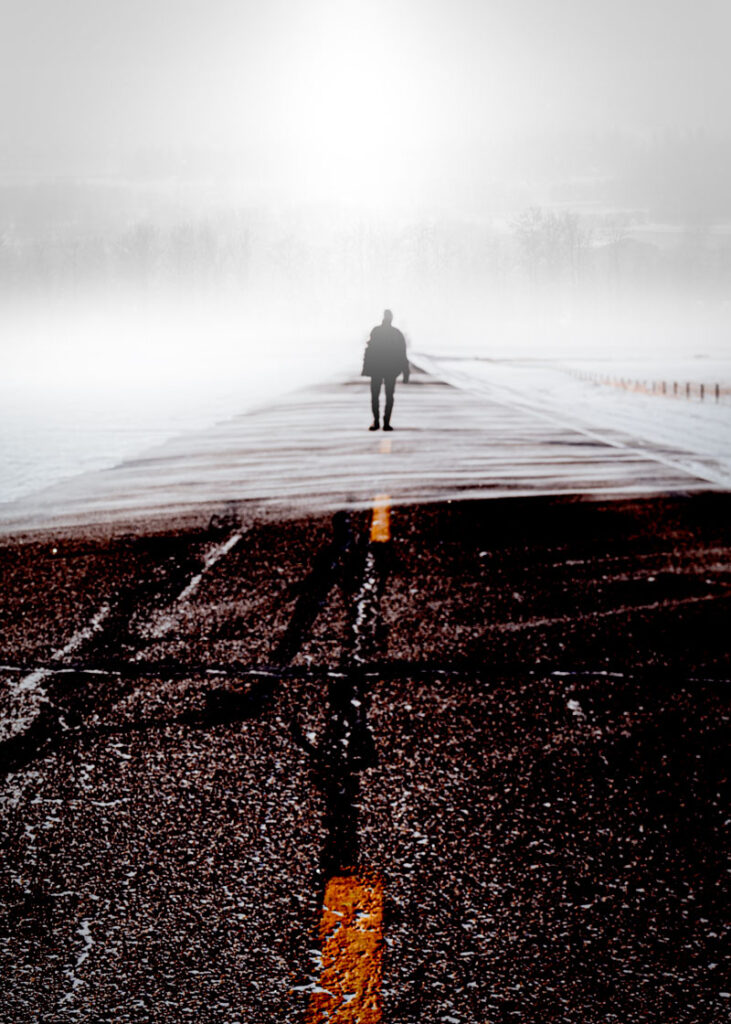
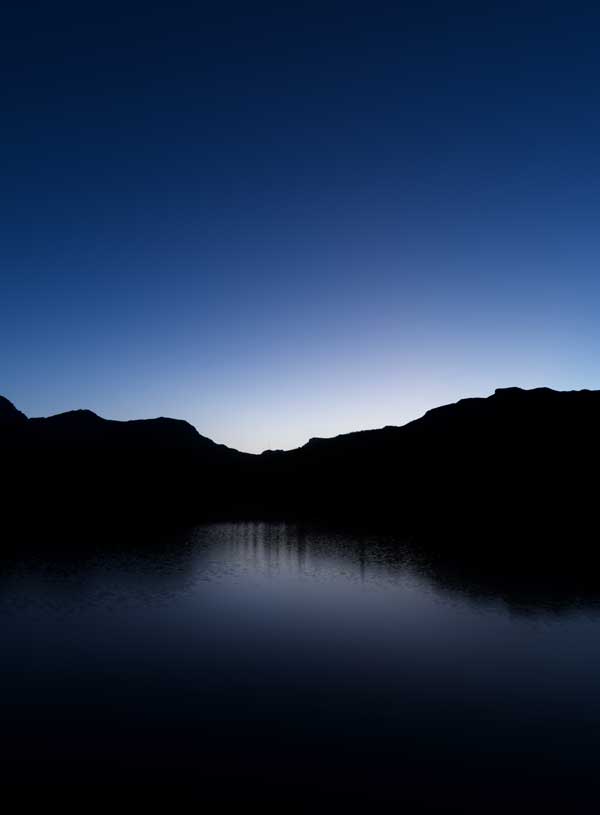
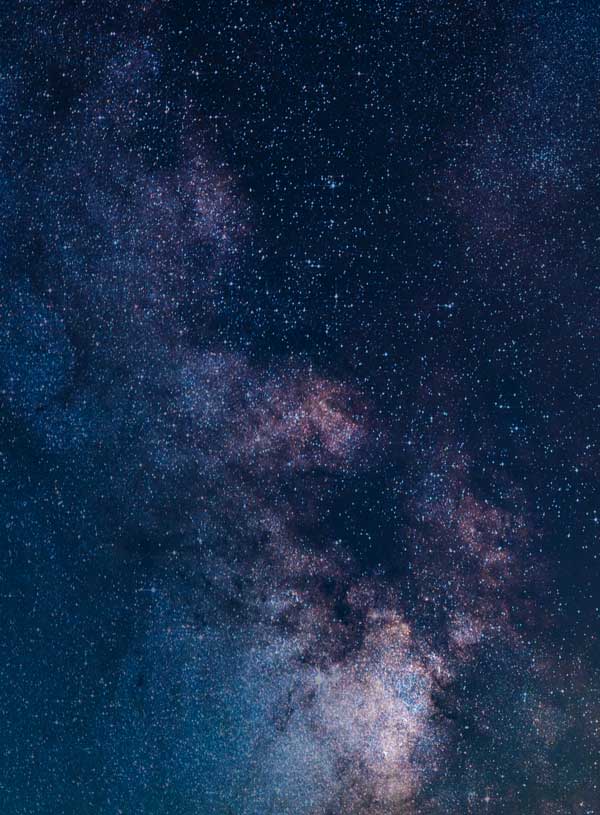
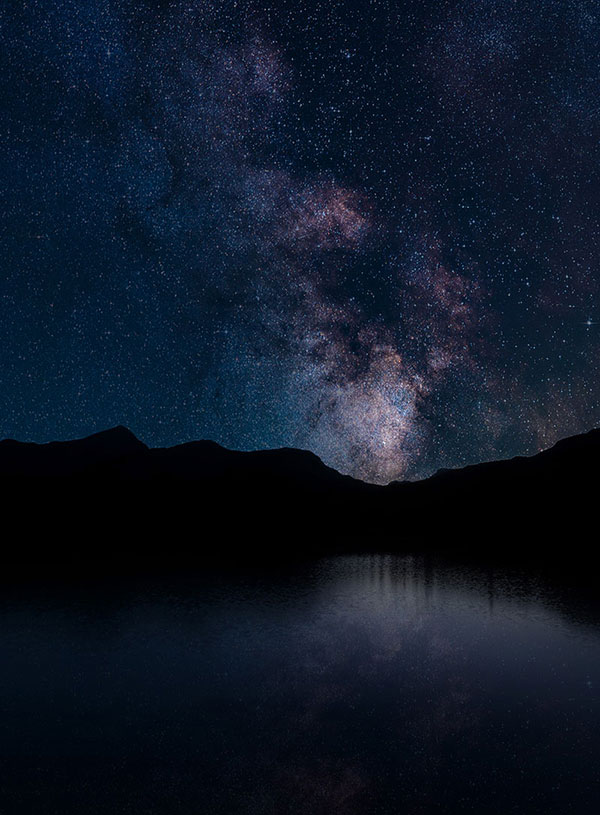
Compositing with motion or video offers even opportunities to be creative.
Starting with original photos, generative fill in Photoshop was used to paint larger scenes.
The Aurora Borealis originally captured over open winter prairies has it’s foreground replaced with a pond and sky extended.
Evergreen trees and a rock-studded stream added to a photograph of Upper Junction Falls near Turner Valley AB
First, watch closely as this abandoned farmhouse from SE Saskatchewan is transformed into a haunted house, then an old farmstead scene is created, all in the dark of night, of course.
A rainbow over Dry Island Provincial Park and the open prairies of central Alberta gains a lake and very dramatic skies.
Technical aspects of these images.
Shot in RAW format (NEF), images are edited and composited in Photoshop. Videos are created with Quicktime and iMovie.